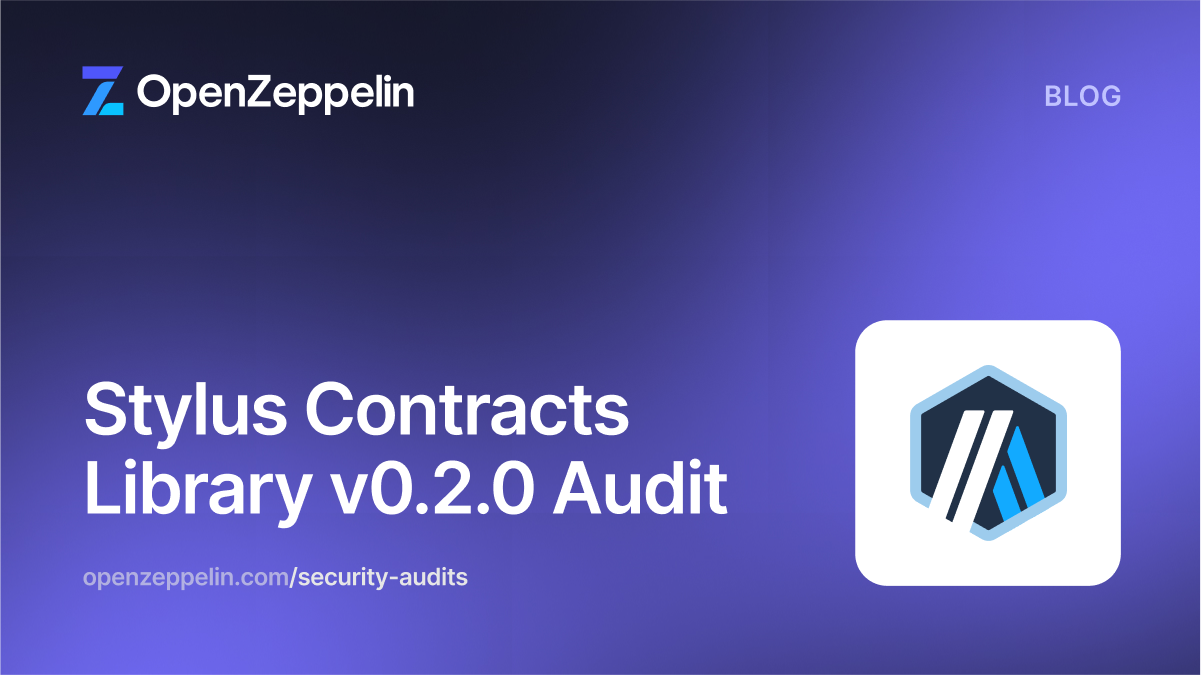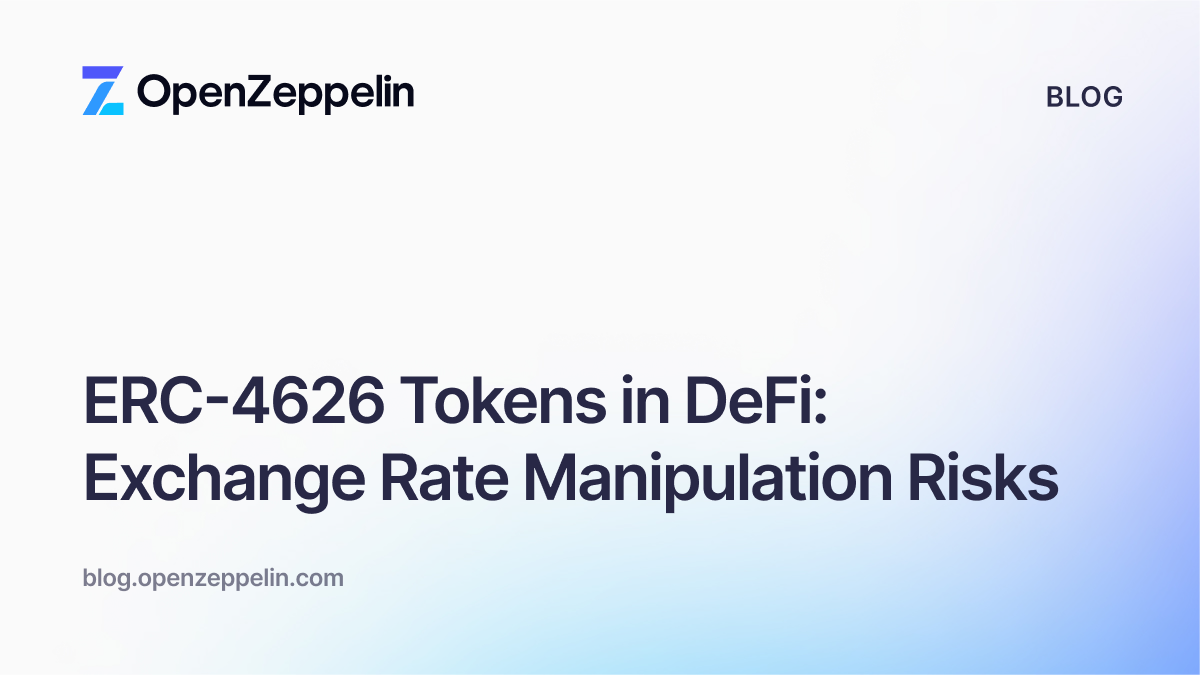The Compound team engaged us to audit their new COMP distribution system, which will be added to the Comptroller. The audited commit is a303a3259286869d0a4aae967d7cb9e55db39c37, and the majority of the changes are in the Comptroller.sol file together with necessary storage updates in ComptrollerStorage.sol.
High-level overview of the changes
The new COMP distribution system is designed to distribute COMP tokens to users based on their usage of the protocol. The protocol first allocates a compRate amount of COMP tokens per block, which are then allocated to all eligible markets in proportion to compSpeed. In each market, COMP is then distributed to all borrowers and suppliers according to their borrow and supply amount. Every market has a “Supply Index” and “Borrow Index” for tracking the accrued COMP token per unit in this market (the unit is borrow token for borrowers and cToken for suppliers).
Additionally, in every market there is a “Supplier Index” and a “Borrower Index” to track each user’s progress with corresponding indices. Every time a user takes an action that accrues COMP, the delta between the “Supply Index” and “Supplier Index” is multiplied with the user’s unit to calculate how much COMP they’ve accrued. The system will automatically distribute COMP to users once the amount they’ve accrued is over a threshold.
Audit Summary
During the audit, we carefully inspected each line of code related to the COMP distribution system in the given commit. We outline below some of the steps in the process we followed.
We closely inspected how the COMP distribution system is designed and how COMP was tracked throughout the life cycle of participants. The design of the system requires an update on CompBorrowState and ComSupplyState whenever the borrow and/or supply balance of a market changes. We carefully inspected the code to ensure that all related actions correctly trigger the update of those states. Similarly, we checked to ensure the distributeBorrowComp and distributeSupplierComp functions are called whenever a user’s borrow and/or supply balance may change.
We looked into the mechanism of COMP distribution to ensure balances are properly tracked, as well as for the possibility of reentrancy during this process. We found an edge case of COMP distribution when userAccrued > compRemaining; userAccrued > threshold, in which case the system could return userAccrued.sub(compRemaining) which will send the user the remaining COMP. We decided not to report this as an issue because it ultimately complies with the specification.
The first time a supplier interacts with the contracts, their supplierIndex.mantissa is changed from 0 to compInitialIndex. This means they have a positive supply index delta during their first interaction with the contract after the COMP distribution system is deployed. So users who were supplying assets before the COMP distribution system was launched will earn an appropriate amount of COMP on the supply they had during the time after the distribution system was deployed and the time of the user’s first interaction with the contracts.
Since COMP distribution happens before new cTokens are minted (and before any cToken transfers complete), this initial positive index delta cannot be exploited to get an unfair amount of COMP. For example, an attacker may attempt to flash-borrow a lot of some underlying asset, and then deposit it into Compound as supply during their initial interaction with Compound, in the hopes that the large supply would be multiplied by the positive initial index delta and result in them earning COMP that they didn’t deserve. But this attack would not succeed because the calculation of the number of COMP tokens to reward is done before the attacker’s new cTokens would be minted. In other words, we found no possible way for a user to increase their cToken balance after the distribution system is deployed and before the distributeSupplierComp function is called on their account.
We think this release is well structured, the code is clean and easy to read. The Compound team has done a good job implementing the functionalities required by the COMP distribution system. We were unable to identify any further issues at this stage.
Critical severity
None.
High severity
None.
Medium severity
None.
Low severity
None.
Notes & Additional Information
[N01] Unnecessary public visibility in some functions
The following functions are defined as public but are never locally used:
- In
Dripper.sol, thedripfunction - In
Comptroller.sol, theclaimComp,_dropCompMarket, andgetCompMarketsfunctions
To reduce gas costs, consider changing the visibility of these functions to external.
Conclusion
No critical or high severity issues were found. Overall we found the code base to be clean, well written and easy to follow.


